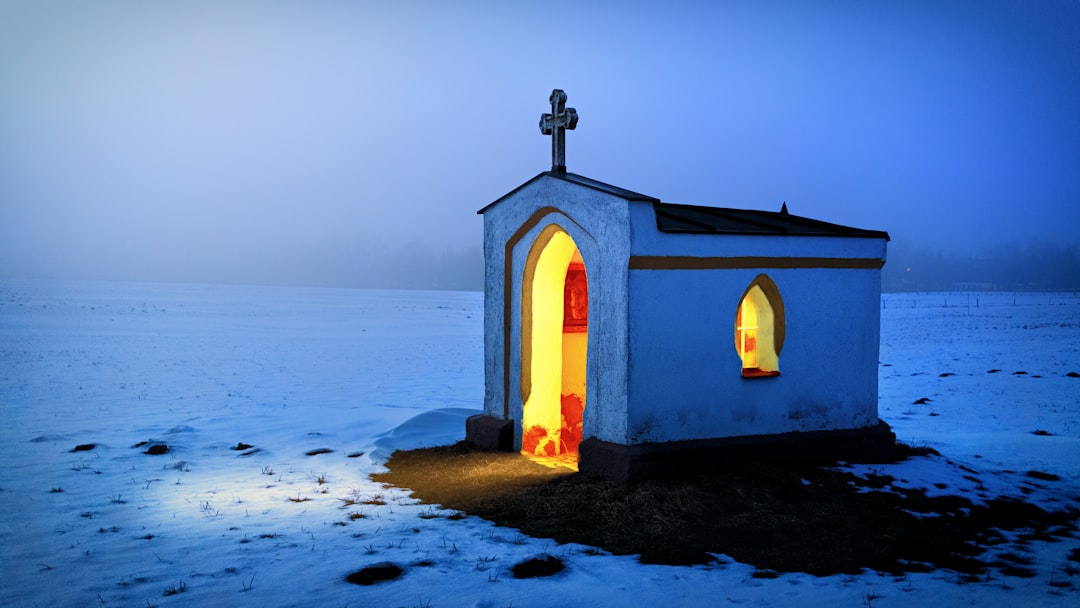What is it about?
Anglican theology tends to resist the separation of faith, context, and reflection. From this perspective, a theologian is indeed one who prays, and thinks. The life of faith can benefit from the work of reflection, as theological reflection must be rooted in the truths and life of faith. We can see very effective examples of the synthesis of faith and reflection in modern Anglican theology. This book presents modern Anglican theology through a unique 'gallery' that includes a portrait or sketch of 10 Anglican writers--DuBose, Farrer, Stringfellow, Brooks, Kemper, DeKoven, McCord Adams, Polkinghorne, Gore and Macquarrie. Theological description, interpretation and application are included for each, with presentations differing as widely as the theologians and theological witnesses themselves.
Featured Image
Why is it important?
Anglicanism can be messy. It has loose ends, and unsettled questions. It calls for further discussion, and venues for ongoing discussion. Some inside and outside the Communion have despaired for the future, and wondered if the center will hold. The tradition has often shown how those who do not agree may yet find ways to walk together. Anglican theology is often worked out in personal terms that provide a synthesis between reflection on the truths of faith and the particular contexts of culture and life. Anglican theology tends to resist the separation of faith, context, and reflection. This volume is a presentation of modern Anglican theology in personal terms through a gallery of portraits and sketches. These chapters offer a case study method for modern Anglicanism, and illustrate how the tradition works and expresses itself.
Read the Original
This page is a summary of: Robert Boak Slocum, The Anglican Imagination: Portraits and Sketches of Modern Anglican Theologians (Farnham: Ashgate, 2015) pp. xii+177. ISBN 9781472447357 (hbk)., Journal of Anglican Studies, April 2017, Cambridge University Press,
DOI: 10.1017/s174035531700002x.
You can read the full text:
Contributors
The following have contributed to this page










